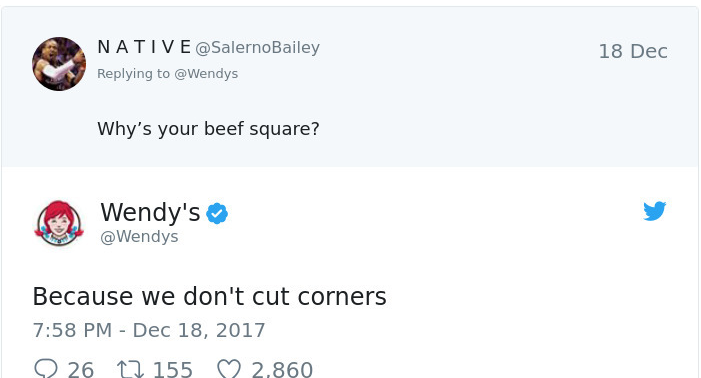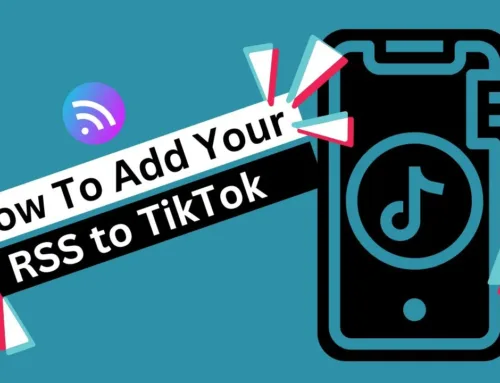When you hear a brand name, you may think of a logo or slogan.
What do you think of when hearing about the company Wendy’s?
If you use Twitter in 2018, Wendy’s snarky retorts to competitors and quit witted tweets about trending content come to mind. Wendy’s has expertly crafted a brand voice across on a platform they dominate relative to competitors.

Today’s authenticity hungry consumers rapidly reply and retweet Wendy’s tweets because of their conversational and human tone. Twitter users feel like they are engaging with a person and not just a brand.
A brand voice connects a product or service to their target audience in a way that simple price-focused or educational content cannot. Felt-need is at the heart of a brand voice. If you’re not familiar with felt-need, think of it as the pain point or emotional trigger for your target audience that makes them want to purchase your product or service. Felt-need helps brands connect on value over price.
Wendy’s has honed their felt-need by crafting a snarky brand voice that confronts competitors, engages target audiences, and even educates their followers. A brand voice bridges the gap between social media account and person, by making content personal and human.

A personal touch is a key to customer service and retention. It is not a surprise that it also plays a role in marketing. Professional copywriters know that language must speak to the needs of the reader to build a connection. Wendy’s has expertly created a brand voice that is conversational, hilarious and evokes emotion in those who read their content.
Does your brand have a voice online?
When creating a brand voice, take a close look at your target audience. Your brand voice must be one that blends with the psychographics of those you are targeting, which means you must be on the right social media platform for this to work.
If you offer a business to consumer product or service, a unique brand voice can change the game on social media platforms. Business to business copywriting is often more formal and educational. B2C brands have an opportunity to break the mold and engage with their audience in a unique way.
If you’d like an evaluation of your online presence, send us a message! Our team can bring your brand’s voice to the surface so you can start connecting with your audience.
After email blasting the original blog post above I received some interesting questions. I’d like to highlight a response from a franchise owner in Virginia:
Wow… I have never thought those type of marketing…
My Response:
Attack ads are generally more popular in highly saturated markets, like the fast food industry. A highly saturated market is characterized by intense price competition as a result of many direct competitors. To overcome lowest price competition, Wendy’s has gone on the defense to showcase their strategic advantage (never frozen meat).
Burger King has also utilized attack ads! Burger King considers “flame grilling” their strategic advantage. So, they did a series of ads showing grills in the backyards of former McDonald’s executives:

Attack ads should be done tastefully and showcase the brand’s strategic advantage over the competition. You will typically see attack ads from brands that are trying to gain market share. In this scenario, Wendy’s and Burger King have less market share than McDonald’s.
You’ll see in both examples, the company holding a smaller market share is going after the leader in the market.
Whether these types of ads work is tough to answer, most marketers consider these kinds of ads as brand builders (which can take years). They are trying to educate the target audience of their strategic advantage in a way that clearly places them above the competition.




